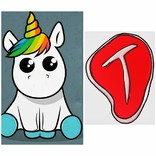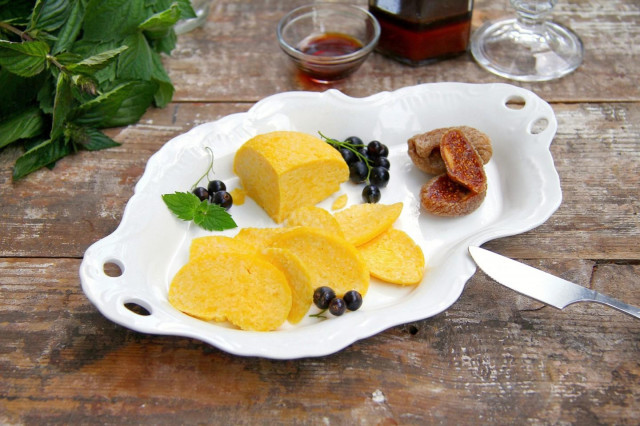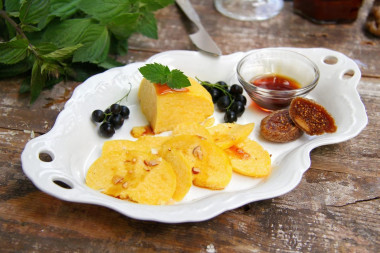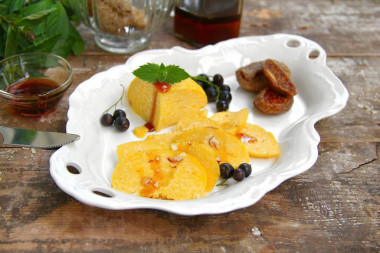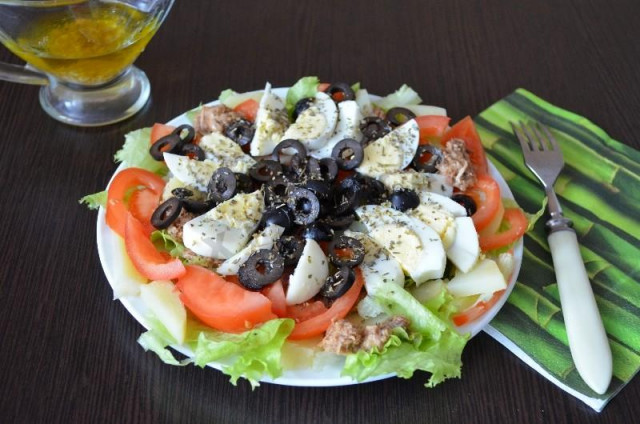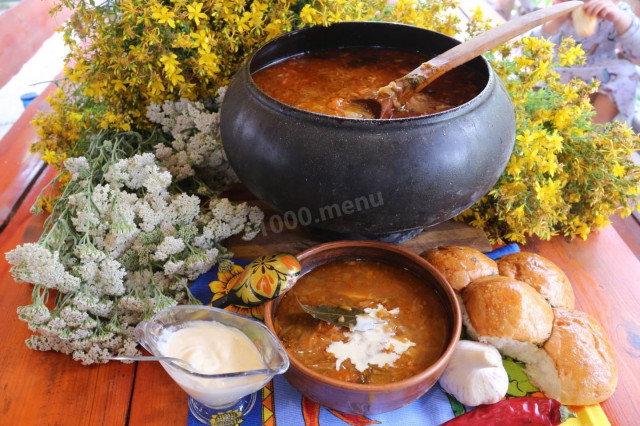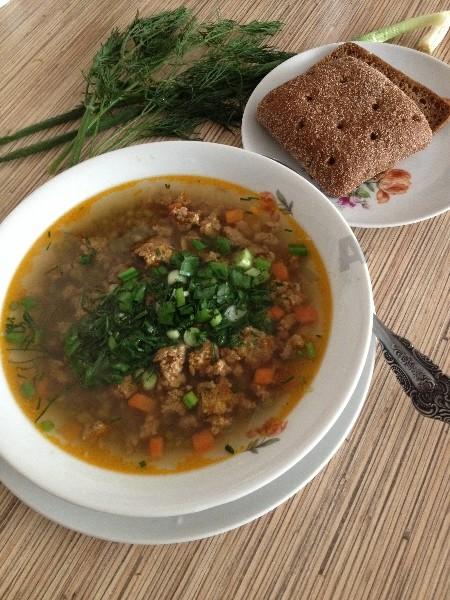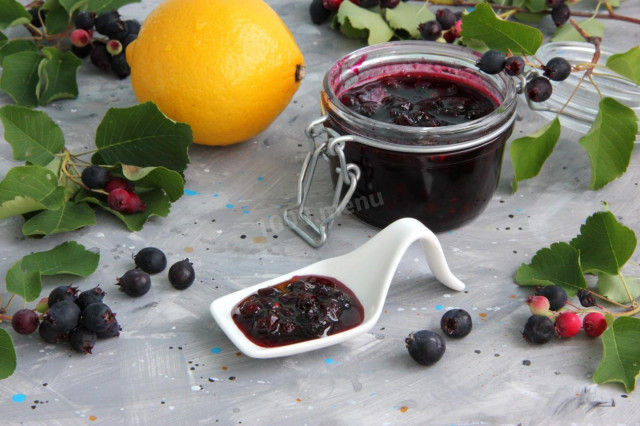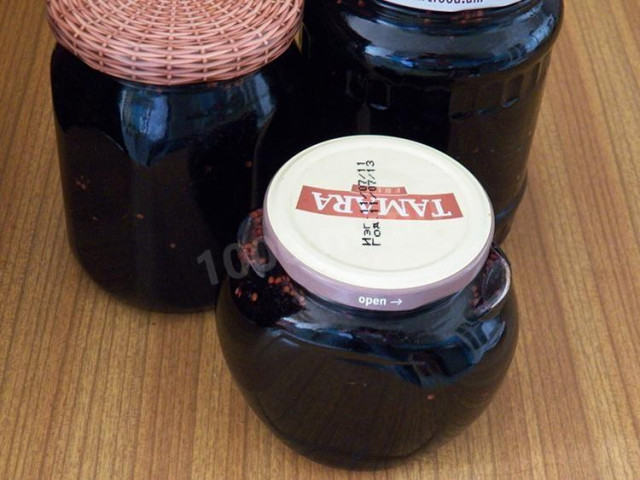Composition / ingredients
Step-by-step cooking
Step 1:
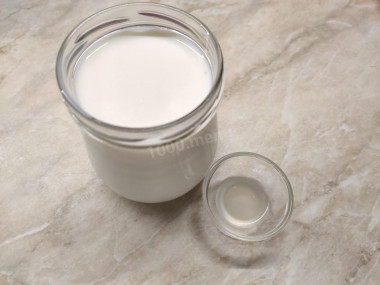
To make cheese, you will need fat goat's milk. I have homemade, I can't say exactly what percentage of fat content. But the fatter, the greater the yield of cottage cheese will turn out. Squeeze a tablespoon of lemon juice. Make sure that no bones get into the juice.
Step 2:
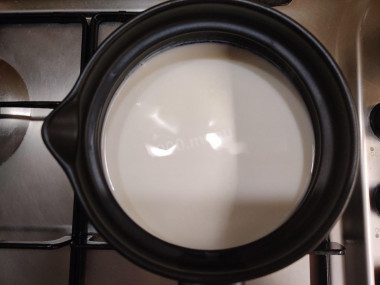
Pour the milk into a thick-walled saucepan and bring the milk over low heat to a state when the first bubbles are just beginning to appear.
Step 3:
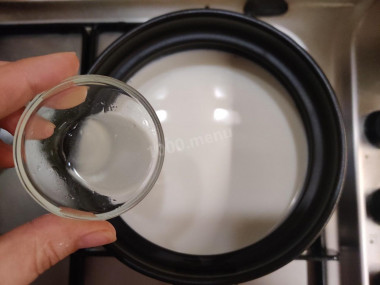
Add lemon juice. You can replace it with a teaspoon of nine percent vinegar.
Step 4:
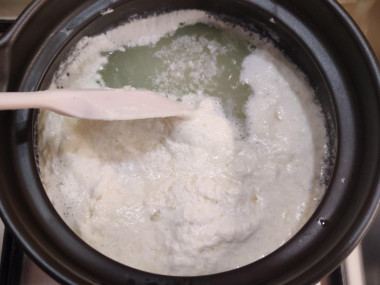
Then you need to wait for the separation of the whey from the curd flakes. This will happen in about 4-5 minutes.
Step 5:
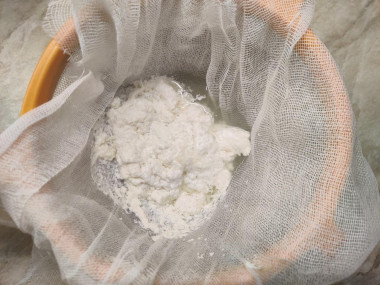
Fold the mass into a colander, covered with several layers of thick gauze. Give the serum time to drain completely. In principle, we can stop at this step, but we will go further.
Step 6:
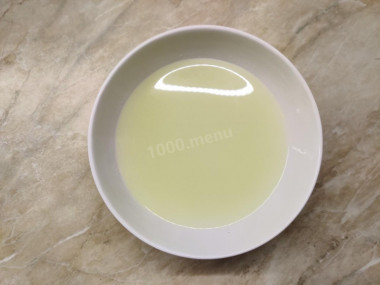
Serum is a valuable product, don't pour it out! In this recipe, it will no longer be needed, but on its basis you can bake homemade yeast bread, for example.
Step 7:
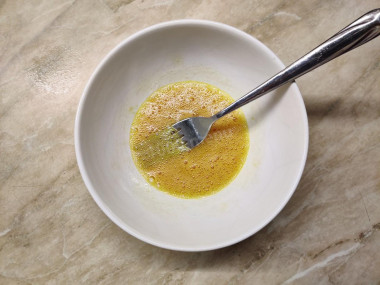
In a separate bowl, mix the egg, salt and soda with a fork. I have a farmer's egg, with a very rich yolk in color. The color of the finished cheese will depend on the egg.
Step 8:
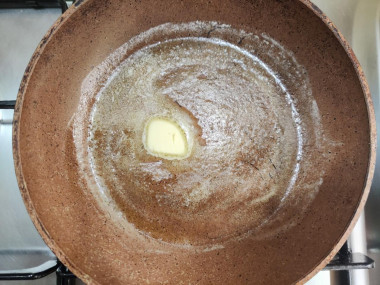
Heat the butter in a non-stick frying pan.
Step 9:
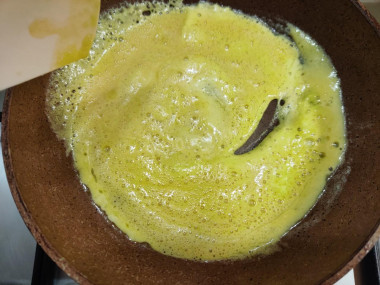
Pour out the egg mixture and constantly mix it with a spatula so that an omelet does not form. The fire is medium.
Step 10:
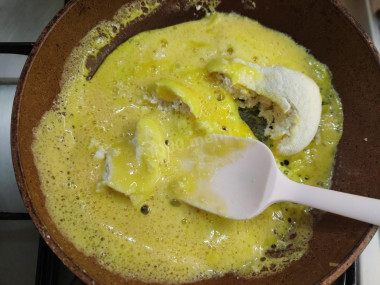
Free the curd mass from the gauze and put it in a frying pan.
Step 11:
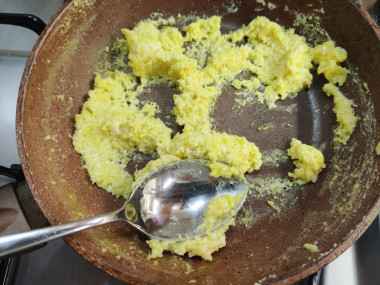
Melt the cheese for about 5 minutes, stirring constantly, until the mass becomes viscous and thick. After that, transfer the cheese to a clean cheesecloth and shape it into a ball. You can use special molds for cheese. Transfer the cheese to the refrigerator overnight, after which it will be ready to serve.
Surprisingly, my family ate goat cheese with egg in a hurry and with great pleasure. I served it with honey, nuts, fresh berries and dried figs.
Of course, there is a taste of goat's milk, but it seemed to me much less than in fresh milk.
Bon appetit!
Be sure to wash the eggs before use, as even the seemingly clean shell may contain harmful bacteria. It is best to use food detergents and a brush.
Since the degree of salinity, sweetness, bitterness, sharpness, acid, burning is individual for everyone, always add spices, spices and seasonings, focusing on your taste.
Calorie content of products possible in the dish
- Chicken egg - 157 kcal/100g
- Egg white - 45 kcal/100g
- Egg powder - 542 kcal/100g
- Egg yolk - 352 kcal/100g
- Ostrich egg - 118 kcal/100g
- Butter 82% - 734 kcal/100g
- Amateur unsalted butter - 709 kcal/100g
- Unsalted peasant butter - 661 kcal/100g
- Peasant salted butter - 652 kcal/100g
- Melted butter - 869 kcal/100g
- Salt - 0 kcal/100g
- Lemon juice - 16 kcal/100g
- Baking soda - 0 kcal/100g
- Goat's milk - 68 kcal/100g
